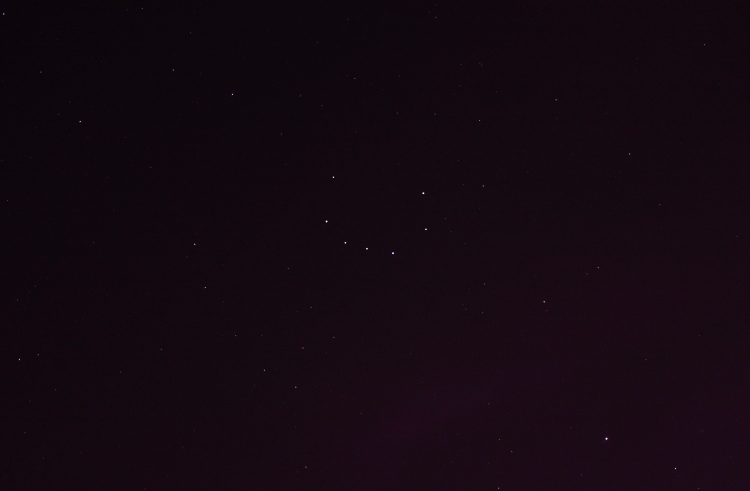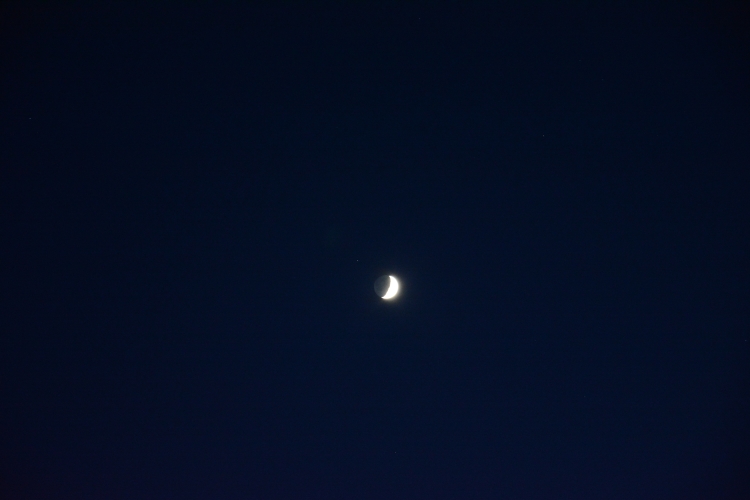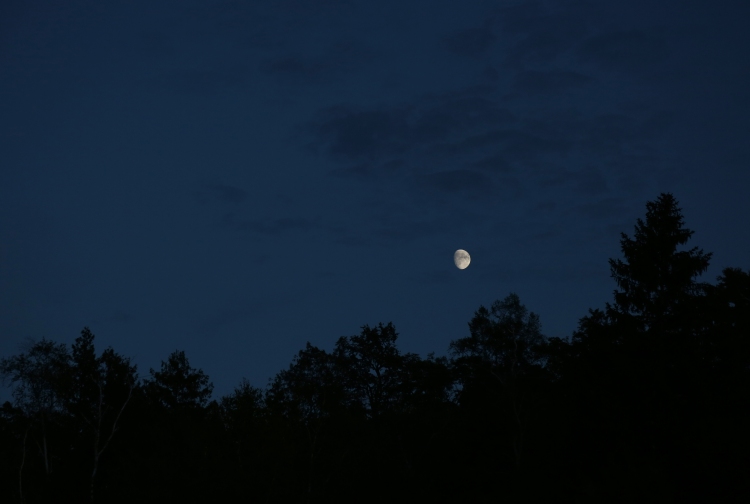Happy Autumn!
It’s time for a new category here on Breakfast Second: Dwarven Do’s and Don’t’s.
This category will provide an inside look on what it means to be a Dwarf of Middle Earth, specifically in regards to their culture and lore.
Our first lesson will be about the Dwarven perspective on astronomy.
. . .
The Elves may be the Middle Earth race most known for their interest in and connection to the stars, but the Dwarves have a love and knowledge for the astronomical as well.
For one thing, the Dwarves’ calendar is based on the moon cycle. We know from The Hobbit that Durin’s Day (the start of the Dwarven New Year), falls on the day when the last (new) moon of autumn and the sun are in the sky together.
Based on the knowledge that the Dwarves’ calendar was lunar-oriented, everyone’s favorite Dwarven expert, the Dwarrow Scholar, devised a calendar and month names for the Dwarves of Middle Earth.
Because each month begins with the new moon, the Dwarrow Scholar named each month for a moon that occurred at a significant time in Dwarven history.
- âfdohyar “Anvil Moon”: Referring to Aulë and the creation of the Dwarves
- âfnarag “Dark(ness) Moon”: Referring to the time the Dwarven Fathers had to sleep before being awoken

- âfgalab “Speaking Moon”: Referring to the time the Dwarven Fathers were awoken.
- âfnudkhazâd “Two Dwarves”: Referring to the 2 surviving Dwarves after the death of Thingol in 502 of the 1st Age (Wars of Beleriand)
- âfanak “The Arrival”: Referring to the arrival of the Dwarves in Ered Luin in 1250 of the 2nd Age
- âfmuhudtuzakh “Blessed Green”: Referring to the first days of new life each year – “the first green on the fields”
- âfvalasirkha “Moon of Valacirca”: Referring to an important constellation of seven stars set in the sky by Varda as an enduring warning to Melkor and his servants. Also formed the symbol of Durin, seen on the doors of Moria.
- âfghuregablug “Moon of Food and Ale”: Referring to the first wheat harvests and the start of the Ale period.
- âfghelekvust “Moon of Good Health / Moon of Drunkeness”: Referring to the period of plenty (of both food and ales) – leading up to the summer feast
- âfkidhuz’abad “Moon of the Gold Mountain”: Referring to the vast amounts of riches found at Khazad-dûm during the rule of Durin the Deathless

- âfizhu “Moon of Few”: Referring to the period of few – a period for remembrance and sparse living
- âfhumryanj “Double Praise”: Referring to the thanks to Mahal – lead up to Durin’s Day Feast and Harvest Feast
. . .
As for the stars, there’s primarily one constellation associated with the Dwarves: “Durin’s Crown.”
This is the constellation Durin the Deathless, founder of the Line of Durin, saw after he awoke at the Misty Mountains. Upon awakening, he traveled south until he came to Kheled-zâram or Mirrormere, a lake beside the East Gate of Moria. As he stooped to look at the lake, he saw a crown of seven reflected stars above his head:
He stooped and looked in Mirrormere,
And saw a crown of stars appear,
As gems upon a silver thread,
Above the shadow of his head.
Durin took the stars as a sign and thus founded the magnificent city of Khazad-dûm, or Moria, beneath the Misty Mountains.
While many fans believe the seven stars of Durin’s Crown to be either our Big Dipper or Pleiades, neither of those constellations form a crown shape. The Dwarrow Scholar has another theory. He believes the modern equivalent of Durin’s Crown would be the Northern Crown.
Corona Borealis, or the Northern Crown, is made up of seven stars and forms a crown shape, making it the perfect modern counterpart.

. . .
The most important day of the Dwarves’ calendar is centered around the phases of the moon.
“The first day of the Dwarves’ New Year,” said Thorin, “is as all should know the first day of the last moon of Autumn on the threshold of Winter. We still call it Durin’s Day when the last moon of Autumn and the sun are in the sky together…”
Calculating the modern date of Durin’s Day proves to be quite the challenge. It seems as if everyone has their own opinion about when exactly the day would fall.
Since Durin’s Day occurs on “the first day of the last moon of Autumn on the threshold of Winter,” we must first figure out when winter begins. Our modern calendar places the beginning of seasons on the corresponding solstices and equinoxes. However, the Middle Earth calendars places the solstices and equinoxes in the middle of the seasons. For example, Midsummer (the summer solstice) is in the middle of the summer for the Middle Earth folk and not the beginning, like it is for us.
So in order to figure out when the Middle Earth winter begins, we find the halfway point between the autumn equinox and the winter solstice: that date would be November 1st.
The next step is to find the last new moon of autumn. In 2017, autumn’s last new moon begins October 19th. However, because the moon is new, it isn’t visible to us. In The Hobbit, Thorin clearly states that Durin’s Day occurs when “the last moon of Autumn and the sun are in the sky together.” Therefore, the new moon has to be visible, making Durin’s Day on October 20th, when we’ll be able to see a tiny sliver of the waxing crescent.

So if you wanted to celebrate Durin’s Day, now you know just how to calculate it!
While there is no record of how the Dwarves celebrated, we suspect it would have been a quiet and sacred type of celebration. Durin’s Day was named after the first Dwarf in the Line of Durin and the Durins held their ancestor in very high regard. We believe a celebration of Durin’s Day would include simple festivities such as a bonfire, star-gazing, and a hearty meal; a time of simple pleasures spent with family.
Remember: adventure first, breakfast second
-The Breakfast Second Team

(Sources- The Dwarrow Scholar’s articles: “Is Durin’s Day upon Us?” and “Dwarven Astronomy“; Ask Middle Earth’s post about Durin’s Day; Karen Wynn Fonstad’s book, The Atlas of Middle-Earth)
(All astronomy pictures taken by Marissa, throughout the last few years)

